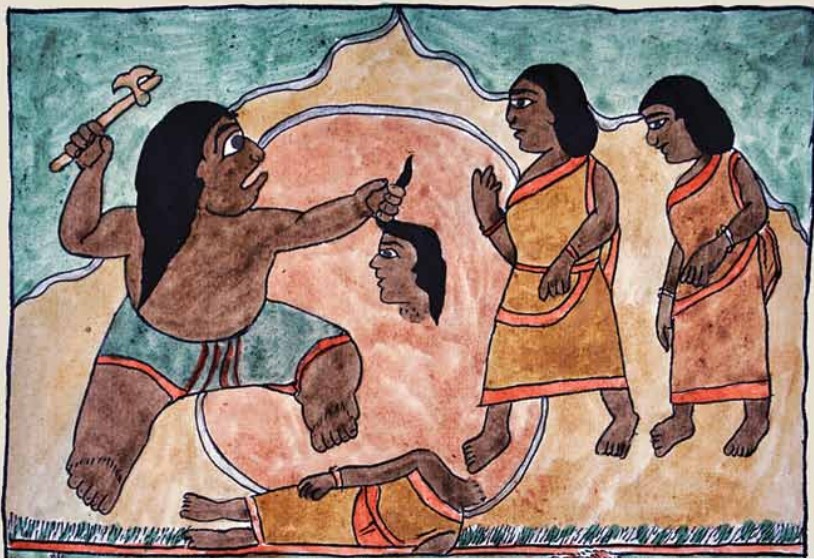ART
reinterprets ART
Sudha Punshi

I found this book a great inspiration for creating and motivating
thought, especially on two fronts i.e. the contemporary art scene and the
future for art as the author sees it.
The chapter on Indian art ‘Satyam, Shivam, Sundaram’ is very
insightful and enlightening. It provides a new vista of knowledge, both
spiritual and philosophical, as historically expressed through Indian
Art. “When the spirit does not work with the hand, there is no art”.
Interestingly, this quote by Leonardo da Vinci has been used by the author
as a prelude to this chapter on Indian art. Ram, who has scripted books on
Vedic texts, has immense depth of knowledge and fluency to express the
motivation, content and spirit of Indian art at different periods in time.
The comparison of Indian aesthetics with the classical Greek norms, adds
an interesting perspective in the book. The innate conceptual nature of
Indian art is fully described historically. This is pitted in marked contrast
to Western art where its inception is in 1917 with the ground breaking
work of Marcel Duchamp.
A major part of the text covers the present day art scene of India
and the West. The evolutionary nature of art in India is comprehensively
threaded through. The modern and contemporary artists of India are
introduced briefly and succinctly by recording the nature and content of
their individual styles. These are accompanied by thumb print visuals.
The present Western art scene and its manifold controversies are
vividly described. Much data and information is provided to the extent
that a lively polemic is created. He questions works of some controversial
artists like Damien Hirst and the validity of many works that are rated as
Art today. Or from another standpoint, are these works too avant garde
to be justifiably rated and assimilated? The placing of many controversial
works as Art, is currently being questioned by various quarters. Yet they
are sold with high price tags.
Is not the passage of Time a necessary component in evaluating and
qualifying works as Art?
Is an art work created in the present devoid of much intrinsic worth?
Can it stand alone devoid of its context of hype in its presentation and
marketing? The author brings forth these questions to the reader’s mind
and psyche by presenting the art business scenario in the West where art
appreciation is linked with big money. He analyses the patron creation
process. Is it for the love of Art or its glamorous identification through
big money to which the rich patron is attracted? The author sees it as the
business of art and quotes numerous such examples.

